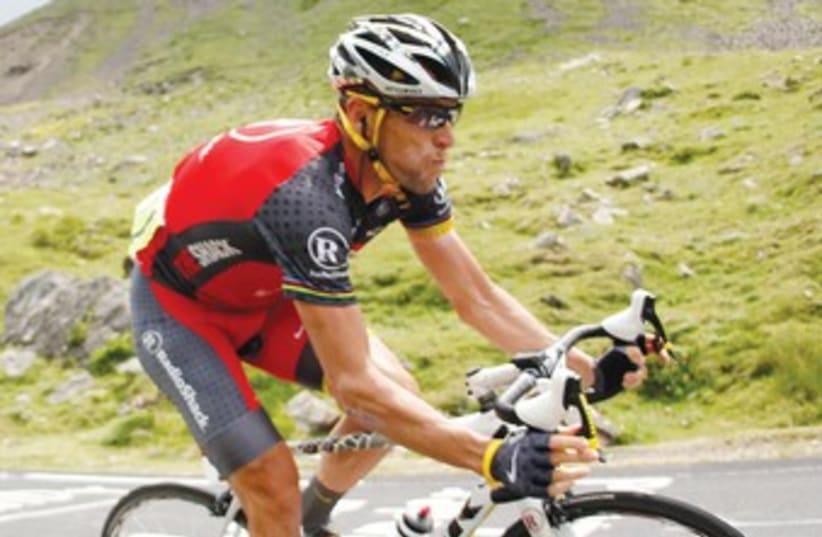Will Lance Armstrong travel the path back?
Lance Armstrong cannot be coerced to do teshuvah. One thing, though, is certain. Should Armstrong hearken to an inner calling to pursue that path, he will also hear a multitude of cheering cancer patients urging him to steer sharply towards a spiritual finish line that might actually be located behind him.
